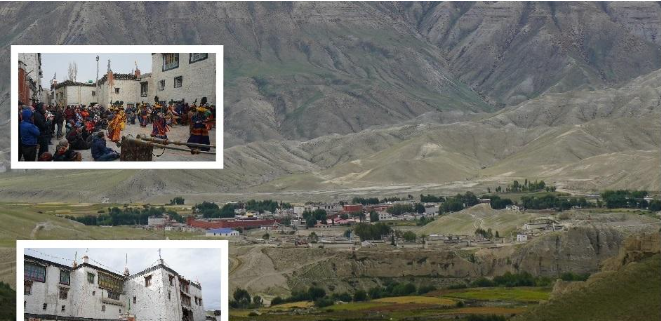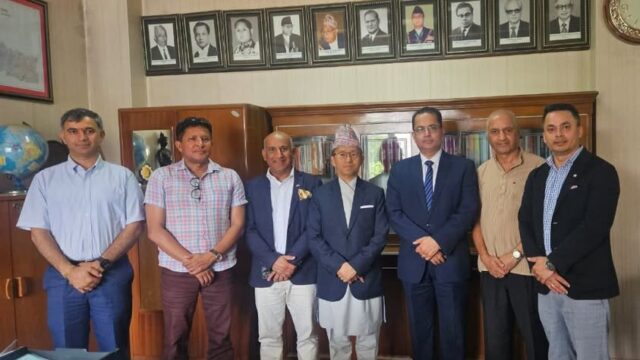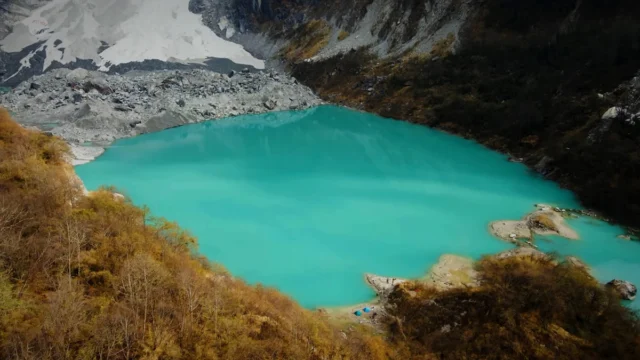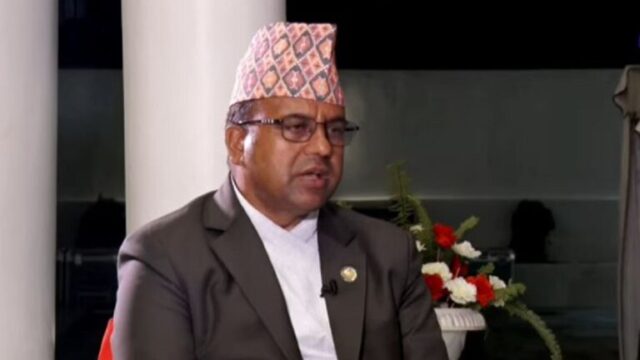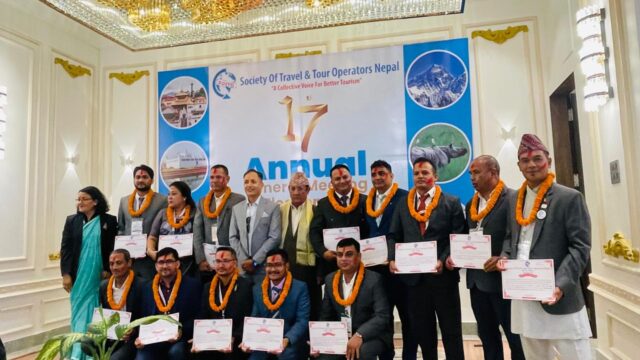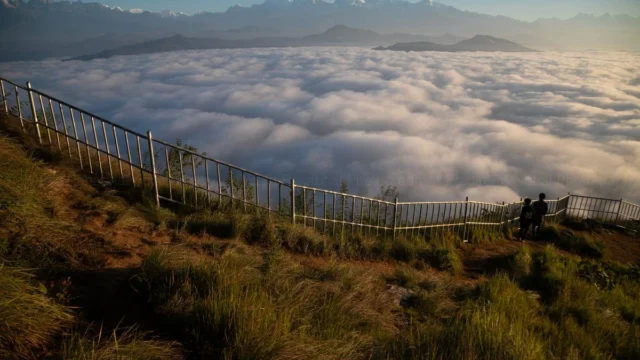Lomanthang, a picturesque village nestled amidst vast plains and encircled by earthen walls, is a destination of immense historical and cultural significance in Mustang, Nepal. Often referred to as the “desert of Nepal,” this village, located at an elevation of 3,840 meters above sea level, is a unique blend of natural beauty and cultural heritage.
Lomanthang is the center of the Lomanthang Rural Municipality and is renowned for its stunning landscapes and rich cultural heritage. The village is surrounded by dry, artistically shaped hills, making it a captivating destination for tourists. Despite its barren surroundings, the flat, cultivable plains around the village are incredibly scenic and attractive.
This ancient village believed to be around 600 years old, is known for its well-preserved mud-brick walls that encircle the settlement. The walls, nearly two meters thick and eight meters high, were constructed by the first king of Mustang, Ame Pal, who also established the “City of Clay.” Lomanthang, with its unique architecture and rich history, is considered one of the world’s most exceptional religious and historical heritage sites.
Lomanthang is divided into four districts, each named after a deity: Guthang (Vajrasattva Mahakala), Dolma Lhakhang (Tara), Potala (Avalokiteshvara), and Jythang (Jampa/Maitreya). The village is home to the Lowa community, consisting of Bista, Gurung, and Dalit families. The community follows unique customs, where the middle son becomes a lama (monk), and the middle daughter becomes a bhuma (caretaker). The lama and bhuma play significant roles in the village’s cultural and religious practices.
The people of Lomanthang primarily engage in trade, animal husbandry, and farming for their livelihood. In recent years, there has been a growing trend of locals migrating to countries like Japan, Europe, and the United States for better opportunities.
Lomanthang is also known for its “cultural king,” who continues to play a symbolic role in the village’s cultural and religious events. The last king of Mustang, Jigme Parbal Bista, passed away in 2016. However, the royal family continues to participate in important festivals and ceremonies, maintaining the village’s cultural heritage.
The historic five-story Lomanthang Palace, built by Ame Pal in the 15th century, is a prominent landmark in the village. The palace, constructed from stone, mud, and wood, was damaged during the 2015 earthquake but has since been restored. Although visitors can admire the palace’s grandeur from the outside, entry into the building is restricted.
Lomanthang is also home to several ancient monasteries, including Thubchen, Chyode, and Jampa, which date back to the 15th century. These monasteries, made from wood, stone, and mud, house exquisite thangka paintings and statues, adding to the village’s cultural wealth.
Lomanthang has become an increasingly popular destination for tourists seeking to explore Mustang’s unique cultural and natural landscapes. According to the Annapurna Conservation Area Project (ACAP), 2,011 foreign tourists visited Upper Mustang, including Lomanthang, by September 22, 2024. The total number of visitors is expected to exceed 3,000 by the end of the year.
In 2023, 3,484 tourists from 70 different countries visited Upper Mustang. However, only a small percentage of the total tourists who enter Mustang venture into Upper Mustang, primarily due to time constraints and the high cost of visiting this restricted area.
To visit Upper Mustang, foreign nationals (excluding Nepalis) must obtain a special permit from the Department of Immigration, which costs USD 500 for a 10-day stay. An additional fee of USD 50 per day is required for stays exceeding 10 days. The high permit cost and restricted area status have limited the growth of tourism in Upper Mustang.
Despite efforts to promote tourism and preserve its unique heritage, Lomanthang faces several challenges. The restricted area status and high permit fees discourage many potential visitors, impacting the local economy. Lomanthang Rural Municipality Chairperson, Tasi Norbu Gurung, emphasized the need for more affordable permit options to attract a broader range of tourists and boost local tourism.
The village’s tourism and hospitality industry primarily relies on domestic tourists during holidays and festivals. Lomanthang has 25 hotels with a combined capacity to accommodate 400 guests per night. Road transportation has recently reached the village, further enhancing accessibility for tourists.
Lomanthang, with its blend of natural beauty, cultural richness, and historical significance, continues to captivate visitors. However, addressing the challenges related to restricted access and high costs will be crucial in ensuring the sustainable growth of tourism in this unique Himalayan village.
